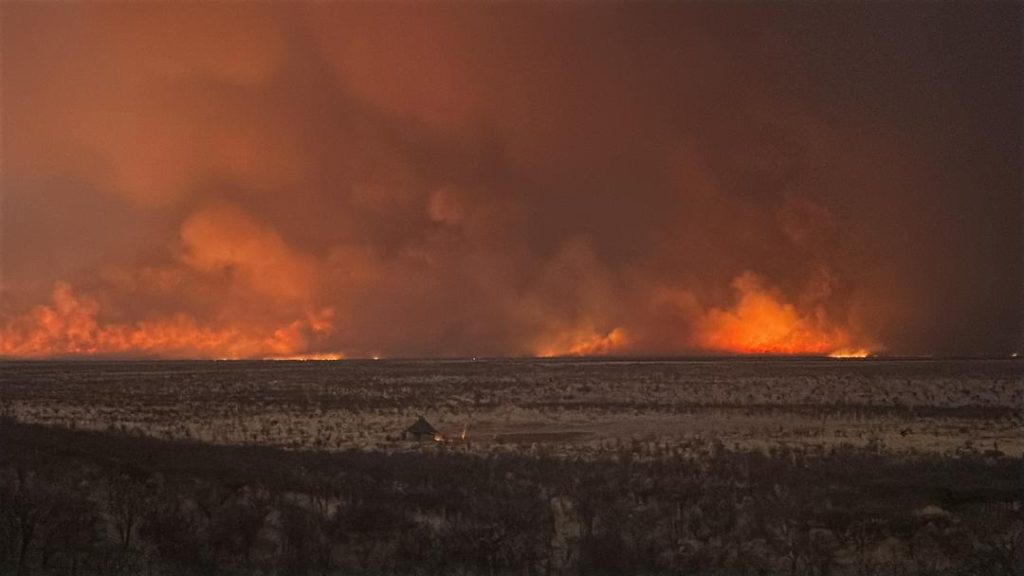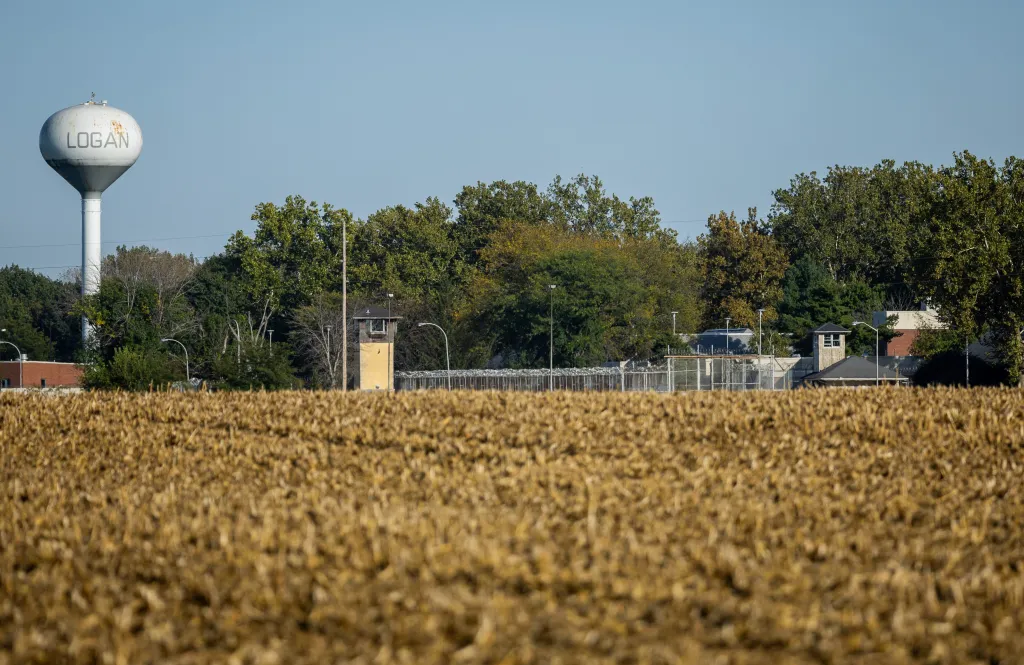By Hileni Nembwaya
Copyright namibian

The ministry of environment and tourism says ecological damage inside Etosha National Park is extensive, with an estimated 775 163 hectares, approximately 34% of the park, burnt.
While outside the park, 171 098 hectares of land have been affected, including 156 315 hectares north of the park and 14 783 hectares to the south.
Environment minister Indileni Daniel in a statement says the fires have extended beyond Etosha National Park into communal areas in the Omusati and Oshana regions, severely affecting grazing land and wildlife habitats.
“The most affected areas include Dolomite (north and south), Okatutu, Renostervlei, Jackalswater, Halali and the area between Olifantbad and Halali. Several villages have been impacted, including Omutambo-gomawe, Okambango, Okerine, Onghunya, Osagalwa, Omalika and Ovenduka. At least nine antelope casualties have been sighted in fire-affected areas,” she says.
Daniel says the ministry, in collaboration with the Namibian Defence Force (NDF), Namibian Police Force, regional councils, local communities and private partners, continues to coordinate extensive efforts to contain and manage the fires.
The wildfires, which began on 22 September in the south-western part of the park due to suspected charcoal production activities on bordering commercial farms, have since spread to the western, central and southern zones of Etosha.
“About 60 ministry staff, and more than 20 neighbouring farmers and communitymembers are currently on the ground. Forestry teams from Outapi, Tsandi, Engombe and Ongwediva have been deployed, alongside NDF Oshakati and regional council teams.
“Community members are actively involved in Okakango, Amarika, Ovenduka and Onkani. As of 27 September, an additional 40 soldiers, a water tanker and two helicopters have been deployed to further strengthen firefighting operations,” Daniel says.
She adds that the strong winds and dry vegetation is causing the fire to spread rapidly, leading to a wildfire crisis in Etosha National Park and surrounding areas and posing a significant threat to Namibia’s biodiversity, local livelihoods and critical infrastructure.



